Our Camping Trip 2019
Greetings non-travellers!
I thought I’d drop you a line about the most interesting thing I’m finding on our journey – the rocks!
Yes – the kids absolutely love it when I pull over to photograph yet another canyon with spectacular geological formations! I thought I’d be a bit interested, but I’m surprised how fascinating and violent looking the mountains are on our trip. I think it’s the lack of houses and trees obscuring the rock faces.
Inland Sea
Everywhere we go there is talk of the inland sea that covered Central Australia. However the maps all differ regarding its’ extent. It seemed to stretch from the Kimberley in WA, through Central Australia to
paul
33 chapters
16 Apr 2020
Confessions of an Amateur Geologist (By Paul)
Greetings non-travellers!
I thought I’d drop you a line about the most interesting thing I’m finding on our journey – the rocks!
Yes – the kids absolutely love it when I pull over to photograph yet another canyon with spectacular geological formations! I thought I’d be a bit interested, but I’m surprised how fascinating and violent looking the mountains are on our trip. I think it’s the lack of houses and trees obscuring the rock faces.
Inland Sea
Everywhere we go there is talk of the inland sea that covered Central Australia. However the maps all differ regarding its’ extent. It seemed to stretch from the Kimberley in WA, through Central Australia to
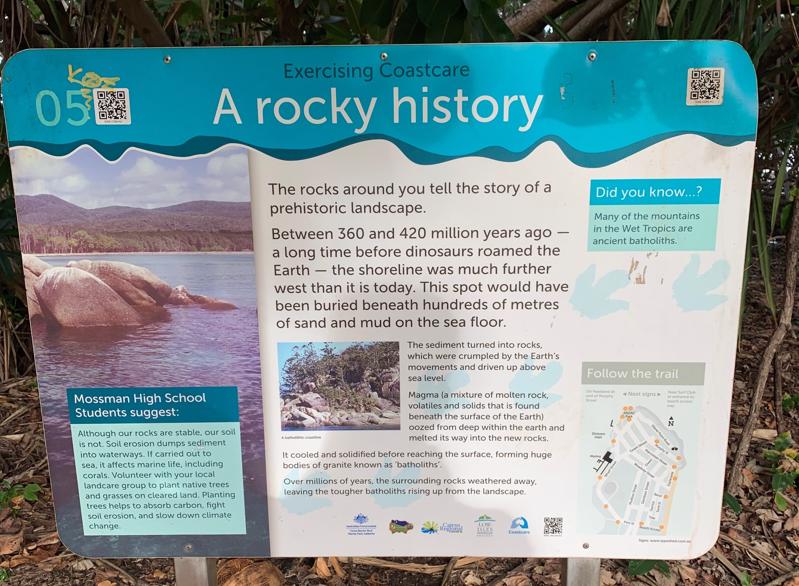
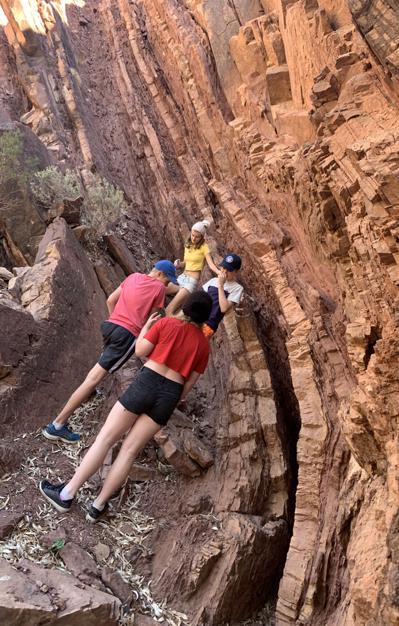
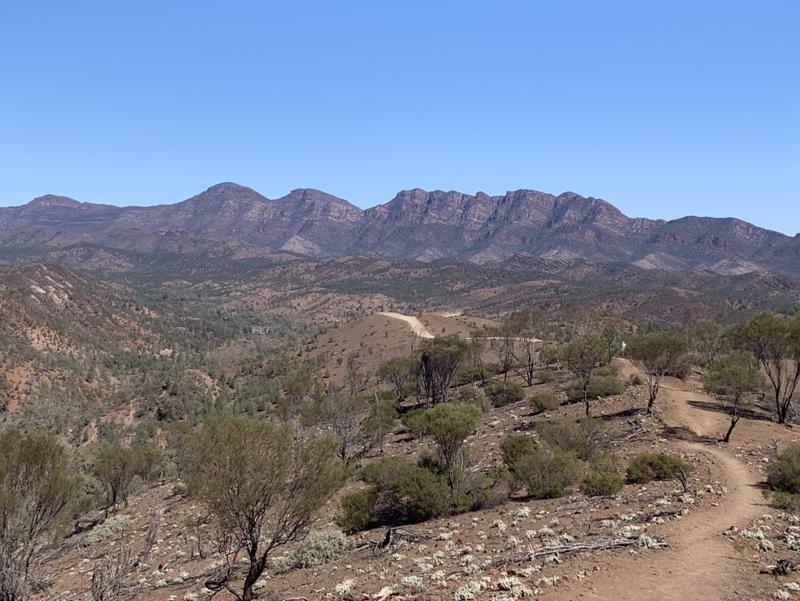
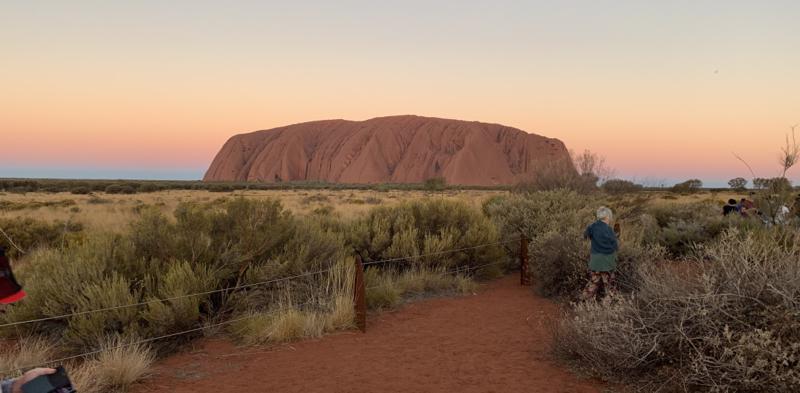
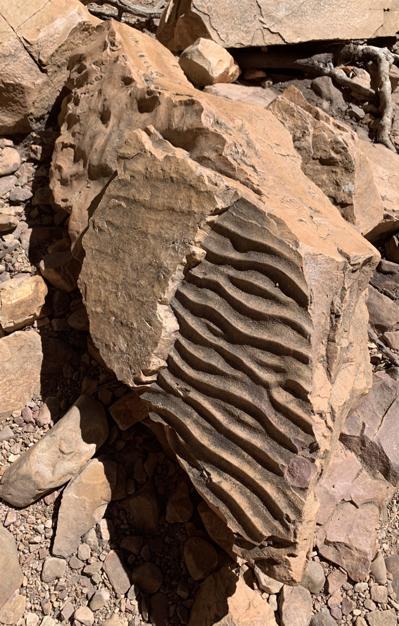

the East Coast (Port Douglas). Seems like it was more like ‘Overland Sea’ than ‘Inland Sea’!
Most spectacular
The first spectacular spot we saw has been Wilpena Pound in the Flinders Ranges in SA. Maybe because it was early in trip, but it is very pretty. These layers were deposited under flowing water which sorted the various particles into consistent layers. They were then bent up while still soft and the water drained off and lopped off the top layers exposing the stratas on the edge.
Bendy stratas.
These sedimentary layers were laid down in consistent thicknesses and then bent when the land was raised prior to solidifying. It’s quite spectacular.
The weirdest combination is undoubtedly the combination of Uluru and Kata Tjuta. Uluru is an ‘inselberg’ of fine sandstone layers that were tilted on their side while still underwater. Then the surrounding soil was eroded away.
However just 30kms Kata Tjuta (The Olgas) are conglomerate rock filled with boulders that have been rounded by being jumbled in the slurry prior to solidifying. It’s really contrasting, yet so close. The Bungle Bungles was very similar. There the guide said it was a massive flood that deposited the boulders first then the finer sediment 30kms further away. But since it's all part of the one range it's really contrasting.
There is also plenty of ‘ripple stone’ everywhere. The first few I saw really amazed me. Then you lose count after about 1,000 in the same morning walk!
Check this one out. 3 types of ripple on the one rock. Each layer successively covered by another, presumably relatively quickly.
Then there’s the gorges. Again, you lose count after the first hundred. The amazing thing is that they dominate the landscape so much because there’s nothing else to compete with them visually. And they look so twisted and contorted. It just looks so violent. Again, the layers laid down under flowing water and then bent when uplifted.
Here are some of my favourites!
Cross bedding
These stratas at Kings Canyon were under water sand dunes, one deposited over the top of the first.
And the ultimate Kimberley shot – the Cockburn Ranges on the Gibb River Rd. Like Noah’s Ark sitting on the plain.
See you all next week.
Paul
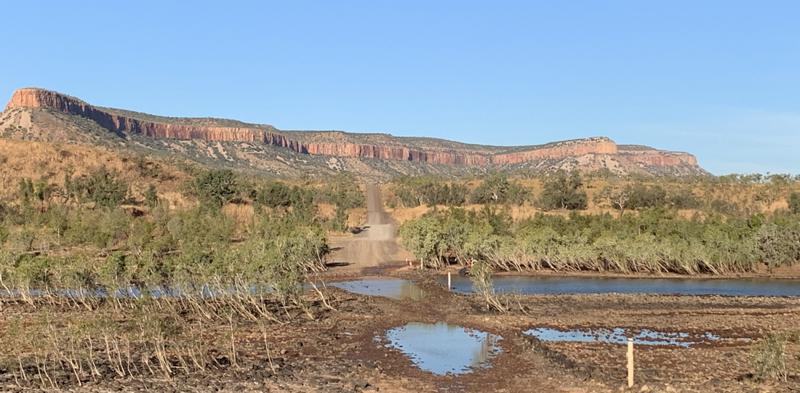
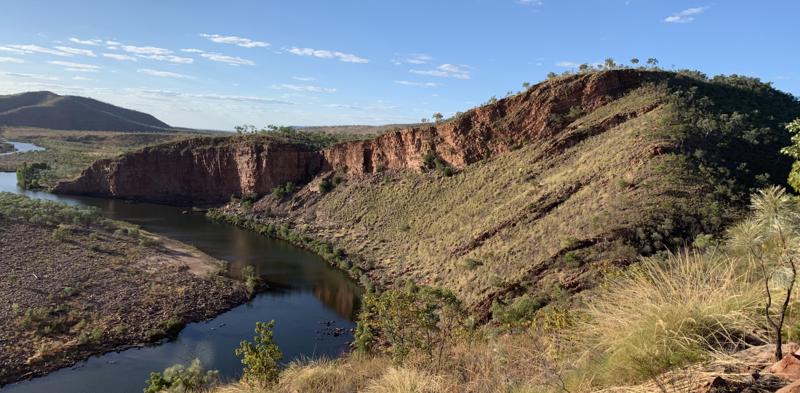
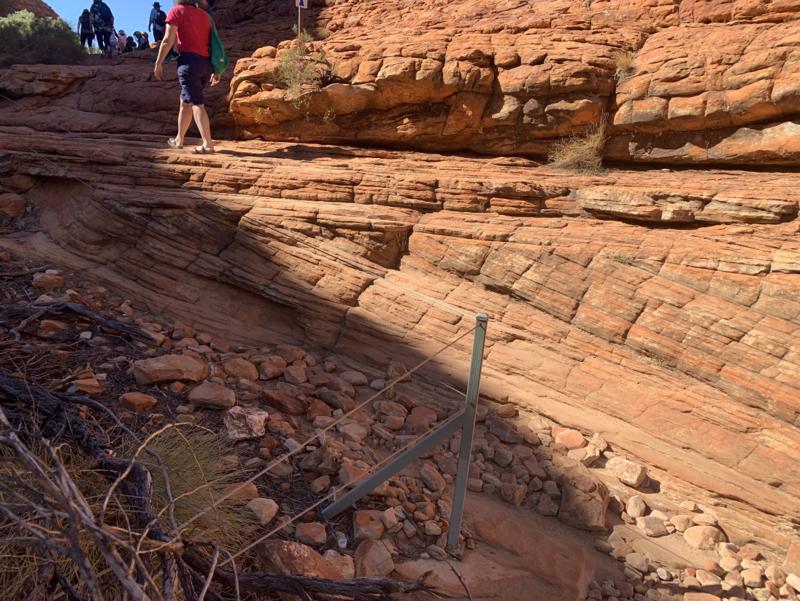
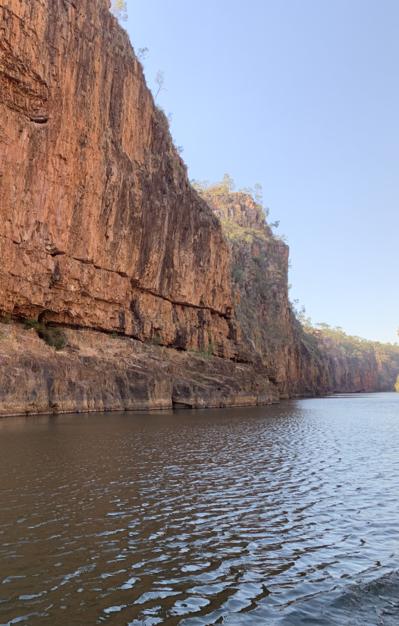
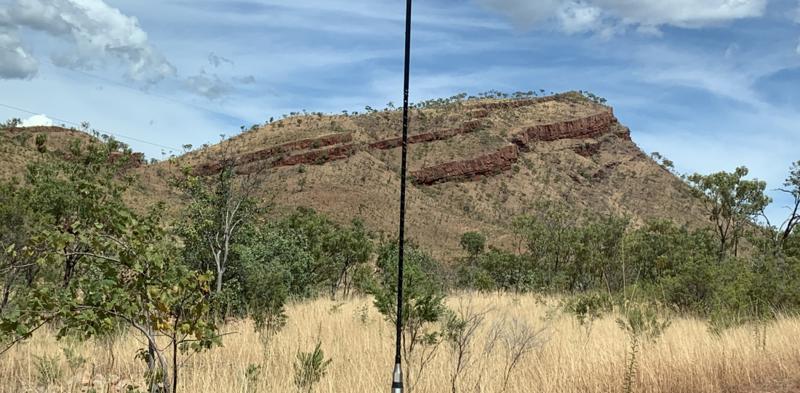
1.
4WD Training at Lithgow
2.
Day 1 - Off we go
3.
Cobar Drought
4.
1st Casualty
5.
Broken Hill
6.
Flinders Ranges
7.
Coober Pedy
8.
Lake Eyre
9.
Birthday celebrations
10.
On top of Uluru
11.
Kings Canyon
12.
Alice Springs
13.
Crocodile territory W.A
14.
Lake Argyle
15.
Bungle bungles
16.
Kununurra Again
17.
El Questro
18.
Katherine
19.
Darwin
20.
Kakadu
21.
Mataranka
22.
Lawn Hill NP
23.
Karumba
24.
Undara Lava Tubes and Cairns
25.
Port Douglas and Cape Tribulation
26.
Townsville
27.
Airlie Beach
28.
Mackay
29.
Alkoomi Farm Stay Rockhampton
30.
Confessions of an Amateur Geologist (By Paul)
31.
Rules Beach & 1770
32.
Yamba
33.
Our Last stop…Gloucester